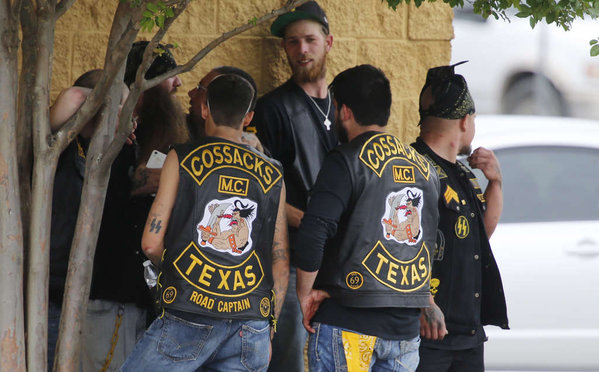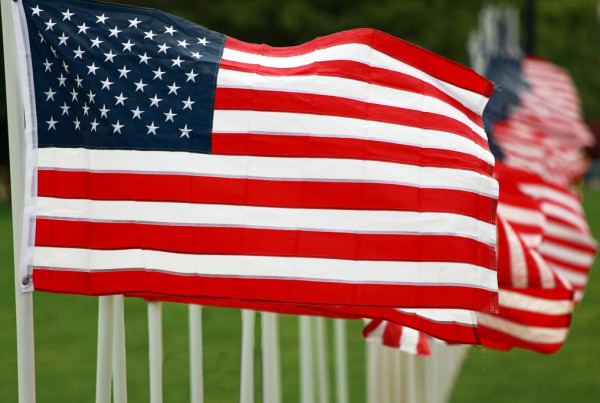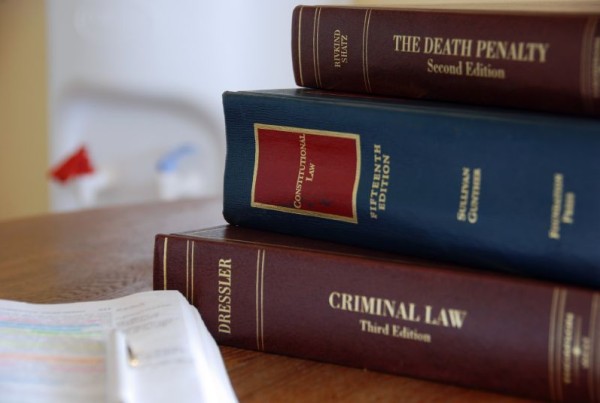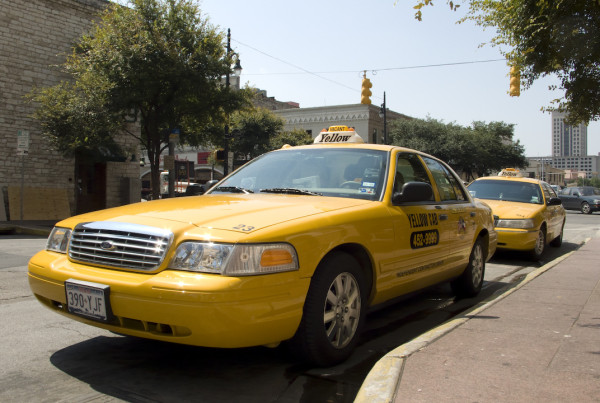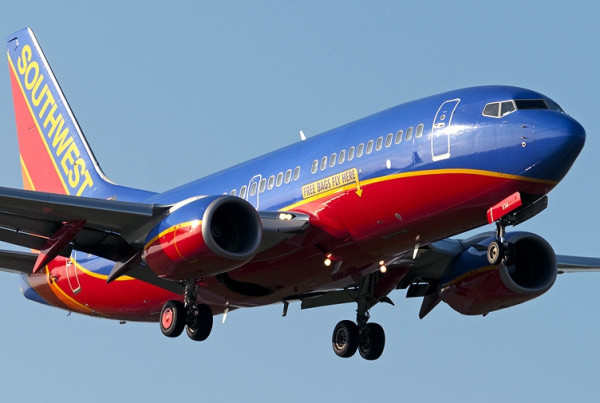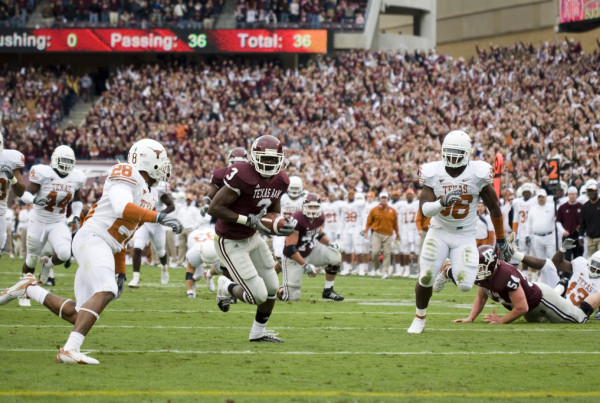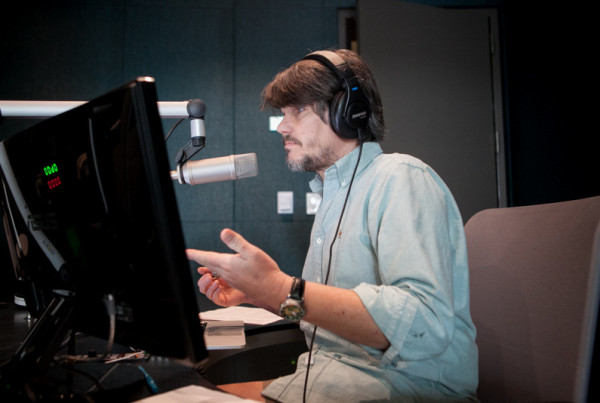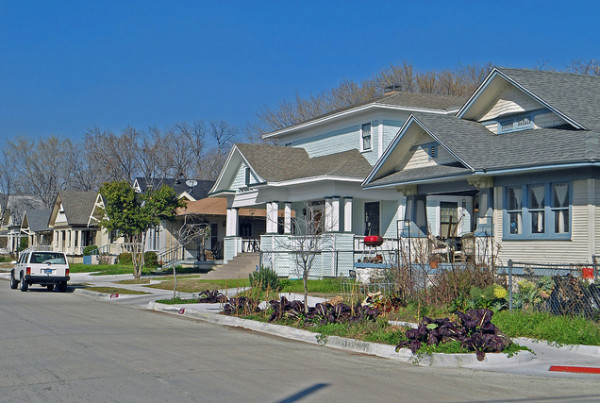Frustrated and alienated WWII veterans in California’s central valley, not finding jobs after their return from war, took to drinking and customizing motorcycles. They’d chop off part to make the bikes go faster; that’s where we get the word ‘choppers,’ and it’s where the biker club subculture got started. Groups like Hells Angels and the Bandidos were the Crips and Bloods of their day. They dealt hard drugs and euphemistically sold ‘security’ to make money. It’s the stuff of biker B-movies and episodes of Sons of Anarchy.
But the truth is, when you see a leather-jacketed biker pull up alongside you on the road these days, it’s likely that’s no Hells Angel. And we all know that, right? The fringe is just too fresh. The bike: often a $25,000 piece purchased with excellent credit. The rider: probably a lawyer or a dentist on their way to work. This is the market that companies like Harley Davidson are selling to. Middle-aged guys streaming ‘Born to be Wild’ off their iPhones.
So what exactly happened in Waco on Sunday? A reported nine people dead in what was described as a ‘biker gang shootout’ outside a Hooters-style hangout called Twin Peaks. At least 18 people were hospitalized and almost 170 were arrested.
Todd Harrison, an Austin Police Sergeant and President of the Combined Law Enforcement Associations of Texas (CLEAT), joined the Texas Standard in studio to discuss what happened.
Law enforcement officials said Sunday’s gun battle primarily involved two biker gangs, the Bandidos and the Cossacks, who’ve been involved in a long-running feud. Members from other gangs, including the Scimitars, were also involved.
“The Cossacks I’ve not heard of, they were not classified by DPS as an organized criminal organization. From what I’ve seen of them, they don’t wear the one percent diamond on the back of their vest,” Harrison says.
The patch he’s talking about came from the American Motorcyclist Association back in the 1940s. They were trying to fight back against public impression that all bikers were bad seeds, so they started a campaign: 99 percent of bikers were good. But the remaining one-percenters, meaning one percent outside the rules and regulations and one percent outside the law, adopted the designation with pride.
Harrison says there hasn’t been a lot of biker gang violence in recent years because the Bandidos gang reigns supreme. Texas has been a stronghold for the gang since their inception in the ‘60s, but have since spread out internationally.
“Generally if you have a monarchy or exclusivity on the biker homefront you don’t have a whole lot of problems,” Harrison says.
So just how seriously should we take the Waco shootout? Is this a one-off event or the start of a new violent chapter in Texas biker gang history?
Harrison says we could see more. The Bandidos have worked on their public image in the past decade by doing Toys for Tots donation rides and the like, but Harrison says that doesn’t negate the gang’s nature.
“There could possibly be, if you go from history, retaliation by both sides,” he says. “[The Bandidos] are an outlaw biker gang. They proudly wear the one-percenter. They’ve changed their public relations… but quite honestly it hasn’t changed who they are and their core values. They’re criminals.”
How could the violence in Waco change public perception of all bikers, not just the one-percenters, but the remaining 99 percent?
“How could it not alter public’s perceptions when they see someone wearing colors riding on the motorcycle with other people,” he says.
So far, officials are still sorting out just what happened at the restaurant. The 170 or so arrested bikers have had bonds set at $1 million each and Twin Peaks has been barred from serving alcohol for a week. The big question is: how long will it take to untangle Sunday’s events?
“This could take years to get all the way straightened out,” Harrison says.


